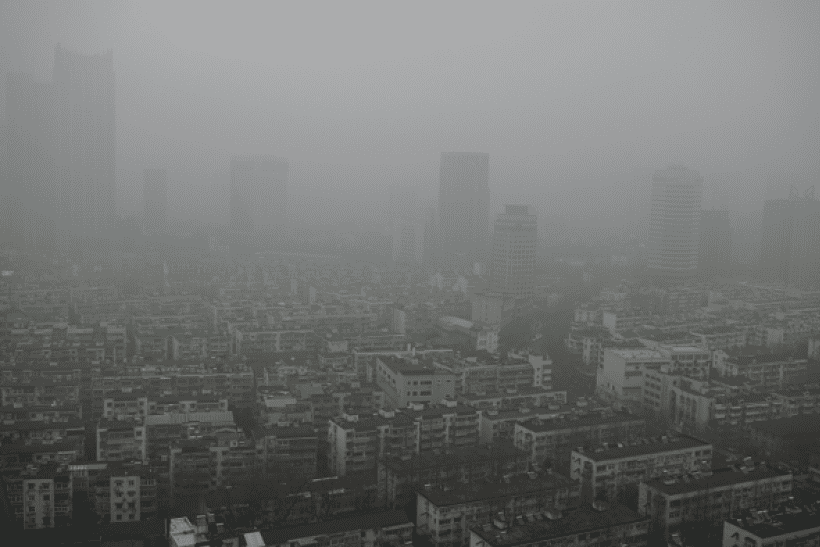With mankind dealing with the coronavirus epidemic, the planet took a cleaner breath of air thanks to lower road traffic and reduced industrial activity. Nevertheless, with China already restarting its economy, air pollution is now getting back to its pre-pandemic levels. And things could get even worse — world leaders are willing to forget about climate change to advance their economies.

Air pollution is by far the most urgent environmental health risk in the world. More than 90% of the planet breathes unhealthy air, according to the World Health Organization. Environmental NGOs have asked for further action to tackle air pollution and maintain the benefits from the lockdowns, suggesting more space for bicycles and walking.
Concentrations of fine particles (PM2.5) and nitrogen dioxide (NO2) in China are now at the same levels as one year earlier, according to a report by the Centre for Research on Energy and Clean Air (Crea). In early March, when the country was at the peak of the epidemic, NO2 levels had decreased by 38% compared to 2019.
“The rapid rebound in air pollution and coal consumption levels across China is an early warning of what a smokestack industry-led rebound could look like,” Crea’s lead analyst, Lauri Myllyvirta, told The Guardian. “Highly polluting industries have been faster to recover from the crisis than the rest of the economy. It is essential for policymakers to prioritise clean energy.”
Wuhan, the city where the pandemic started, now has NO2 levels 14% lower than last year, having dropped by almost half in March. Meanwhile, in Shanghai, the current levels are 9% higher than last year. China’s oil demand will get back to normal levels on the second quarter of the year, according to a report by Mackenzie consultancy.
A similar rebound in air pollution levels is expected by in Europe. The Copernicus Atmosphere Monitoring Service (Cams), which track pollution in European cities, showed that in March 42 cities had record-low levels of N02. London and Paris, for example, had 30% reduction.
“We do expect pollution to rebound, but we have not been able yet to show that,” Vincent-Henri Peuch, the director of Cams, told The Guardian. Cams data shows average air pollution in cities. If the measurements had been done only on busy roads, the decline of air pollution registered lately would have been higher, Peuch said.
The behavior of people following the coronavirus epidemic will be a key factor influencing the air pollution levels, Peuch said. “We do not know how people’s behavior will change, for example avoiding public transport and therefore relying more on their own cars, or continuing to work from home,” he added.
At the same time, decisions taken by countries on their energy and transportation sections will also have a big influence. The United States government, for example, has said it plans to rely more on coal in the near future to achieve a fast economic recovery.
Air pollution and coronavirus
Air pollution is linked to a wide array of health problems, such as heart and lung damage, diabetes and damaged intelligence. It is likely to affect virtually every organ in the body. It causes seven million premature deaths per year and billions of dollars in costs for health services.
The cities and regions most affected by air pollution, mainly located in China and India, have been also exposed to a larger risk from coronavirus, a group of experts grouped under the European Public Health Alliance (EPHA) warned.
There is no proven link between coronavirus mortality and air pollution yet. But the EPHA mentioned a 2013 study that looked into the outbreak of SARS, which is related to the coronavirus and found that victims of the virus were 84% more likely to die if they lived in areas with moderate air pollution.
With over 8.000 cases, SARS killed 774 people between 2002 and 2003, with most infected located in China. The mortality information of COVID-19 is so far incomplete but the preliminary figures indicate that most of the patients that died were elderly or had pre-existing chronic conditions.


